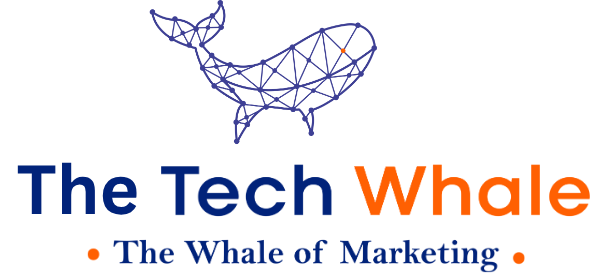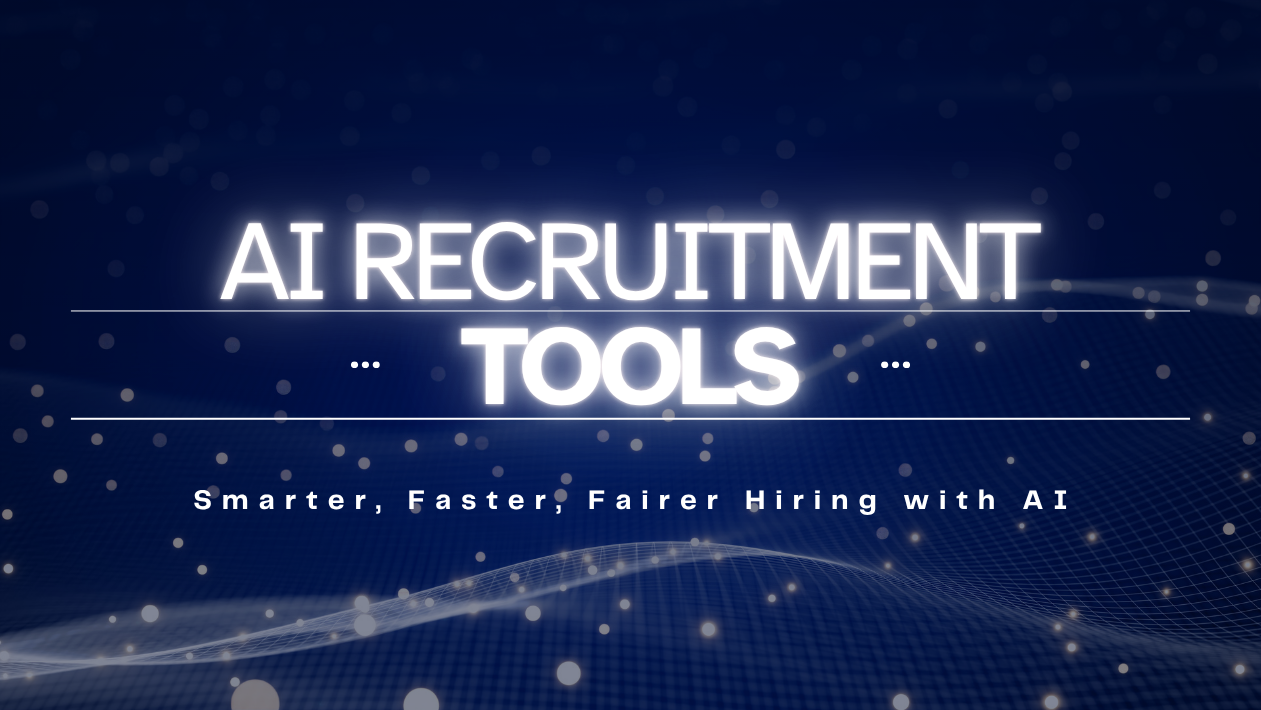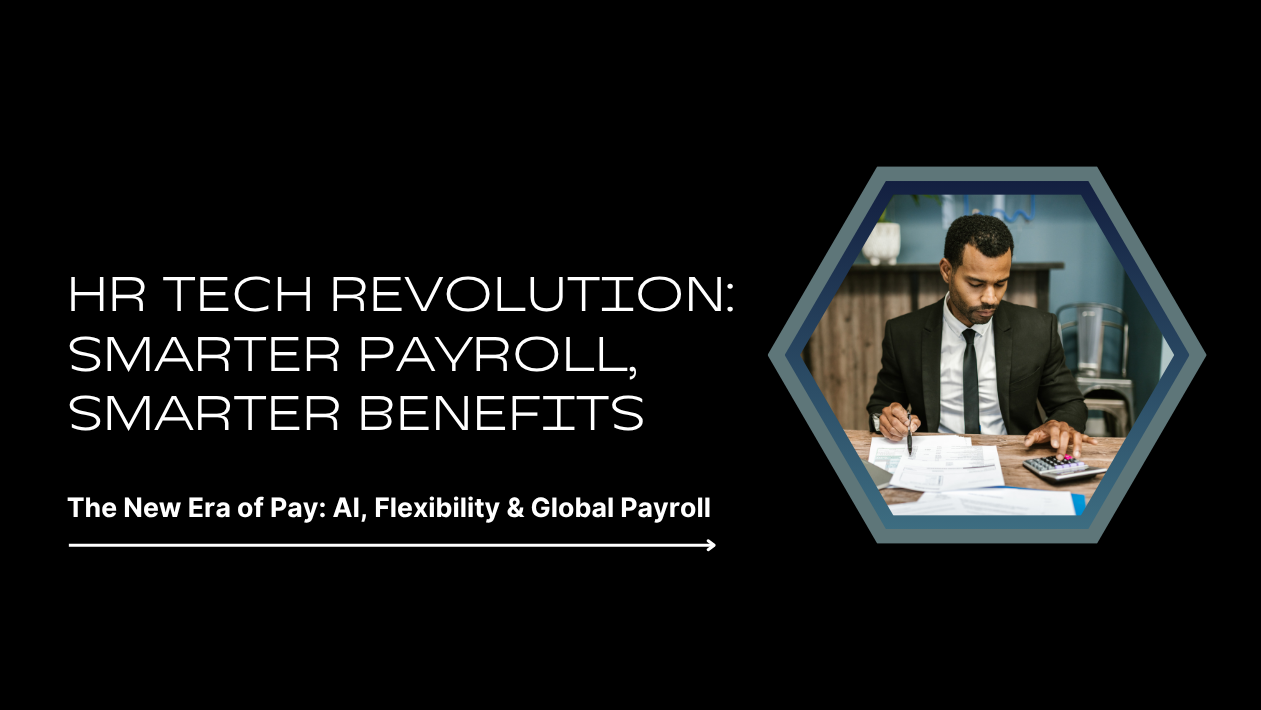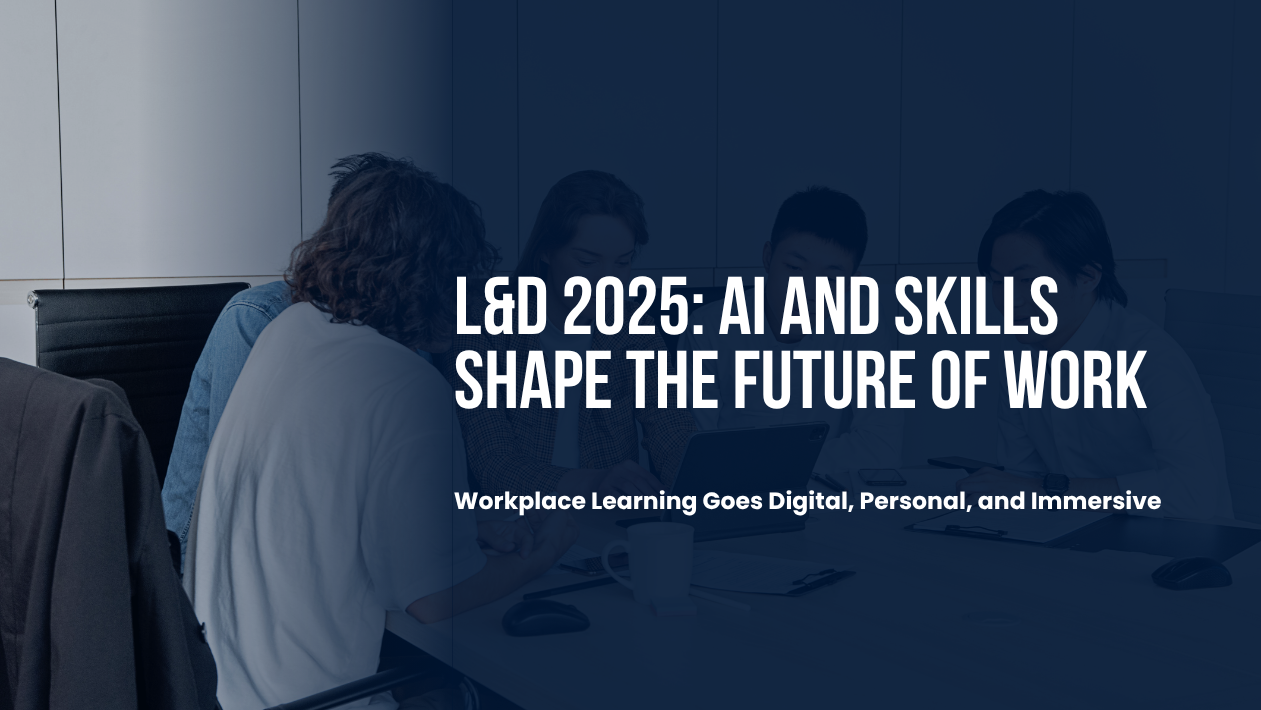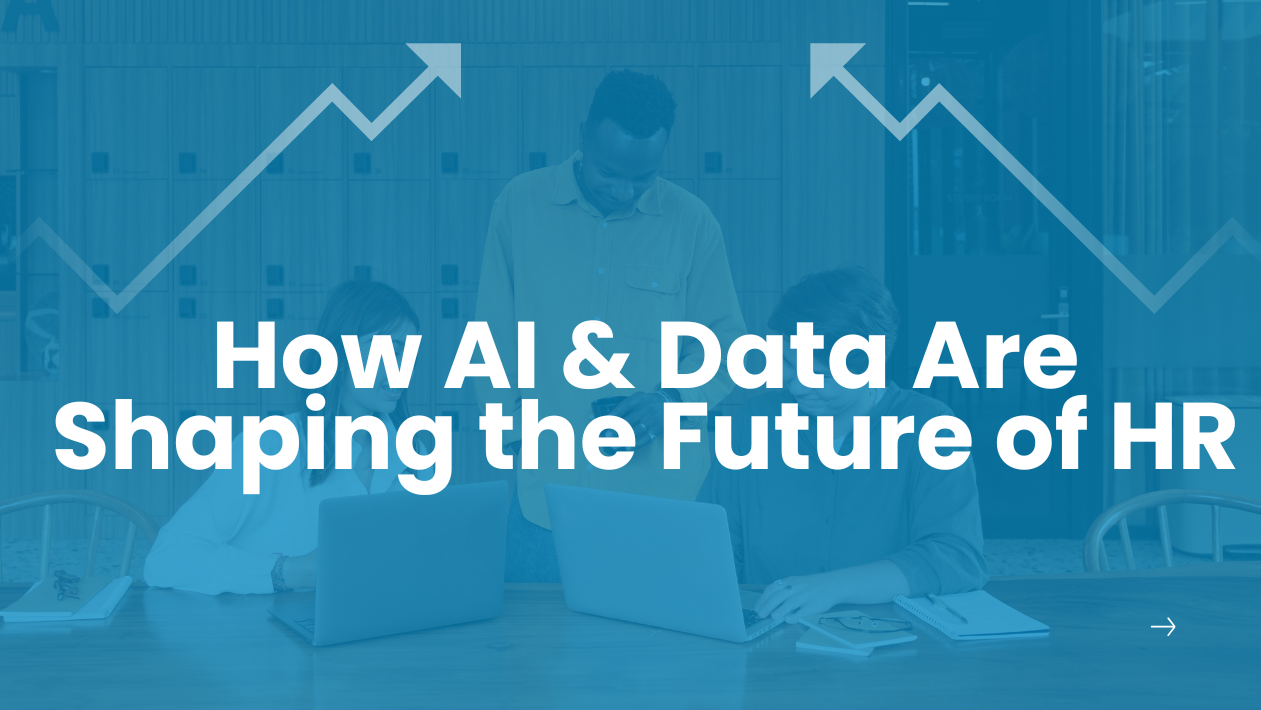In 2025, HR analytics has evolved into a strategic powerhouse, enabling organizations to make smarter talent decisions, predict workforce trends, and improve employee engagement. With AI and advanced data platforms, HR teams are moving beyond spreadsheets and surveys to leverage real-time insights that directly impact business performance.
Predictive Analytics Shapes Hiring and Retention
Organizations are using predictive analytics to identify flight risks, forecast skill shortages, and optimize recruitment strategies. AI-driven platforms can now evaluate patterns in performance, engagement, and career progression—helping HR leaders reduce turnover and build stronger succession pipelines.
Employee Wellbeing and Engagement Under the Microscope
Post-pandemic workplace shifts have heightened the need for employee wellbeing strategies. HR analytics tools now monitor workload balance, burnout risk, and engagement levels by analyzing digital collaboration data, surveys, and productivity trends. This has empowered companies to act proactively on mental health and work-life balance.
AI and Natural Language Processing Transform Feedback
AI-powered sentiment analysis is being used to scan employee surveys, chat platforms, and feedback forms. This allows HR leaders to uncover hidden concerns, measure team morale, and spot cultural red flags early—making people management more proactive than reactive.
Diversity, Equity, and Inclusion (DEI) Gets Quantified
HR analytics is playing a crucial role in advancing DEI goals. Data dashboards now track representation, promotion patterns, and pay equity across demographics, enabling companies to set measurable benchmarks and ensure fairness in talent management.
Integration With Business Outcomes
The biggest shift in 2025 is that HR analytics is no longer limited to HR departments—it’s tied directly to business outcomes like revenue growth, innovation, and customer satisfaction. By aligning people metrics with corporate strategy, organizations are proving that people data is business data.
Challenges: Privacy and Ethical Use of Employee Data
As analytics deepen, concerns around employee privacy and data ethics are rising. Companies must ensure transparency, consent, and responsible use of HR data to maintain trust and comply with emerging global data protection regulations.
Future Outlook: From Descriptive to Prescriptive HR Analytics
The next wave of HR analytics will move from describing past performance to offering prescriptive insights—telling leaders exactly what actions to take to improve hiring, retention, and performance. With AI copilots integrated into HR platforms, the future workplace will be more data-driven, employee-centric, and strategically aligned.
